Ah, weight. It's the perennial First World problem, in an overly politically correct society. And it's the part of the circuit that we want to vastly reduce and size down.
After we refined the circuitry, it was time to lay out the board and manufacture the PCB. We got to this point because as I attempted to make another basement, wire jumpered, ghetto board, my left over solder slag caused shorts and fried chips. I talked to Al, and he said to not even bother, since the proof of concept was solid, and I extensively tested my other hand made board. It was time to make something cleaner, smaller, and better.
I'm a total dunce when it comes to PCB board design and software, like Altium Designer or EagleCAD, which is what Aleks had access to. However, for circuit schematics, I used gEDA, which is an excellent piece of software for anyone who isn't rolling in cash to do their circuit schematic.
Artificial Muscle Control
It's about this time that I really started thinking through the applications for my concept, and the first concept that came to my mind, was in robotics. Which brings me back to my ancient 1990's thesis, A Smart Suit for Microgravity Environments
Digital control of artificial muscles is a tricky problem. The problem with the current solutions out on the market today for artificial muscles, at least the kinds that make me think of an artificial muscle, is that they're not really digitally controllable. That's Shape Memory Alloys, IE. Nitinol wire, or shape memory polymers. Every Shape Memory substance requires heat or heat production for it to do the bending and contorting that makes it a muscle. And the problem with heat is the lag time for the material to absorb enough heat to result in a hysteresis, where the crystal structure, or whatever structure starts to rearrange itself into a different geometric form, resulting in a contracting element.
And because the hysteresis is heat dependent, and depends on the overall amorphous shape of the SMA/SMP, you don't get good control over the element. Now contrast that with biological muscles.
The Digital Nature of Biological Muscles
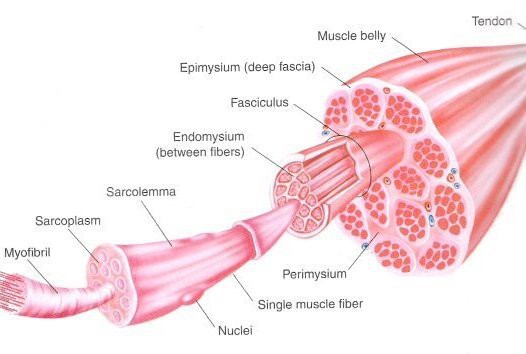
Biological muscles are formed of muscle fibers that ratchet against each other, with a myosin and actin element. Think car jack hoists. Much like a ratchet, they work in discrete steps with each other. You know what the crazy thing is about biological muscles? They're far better structurally for something resembling digital control.
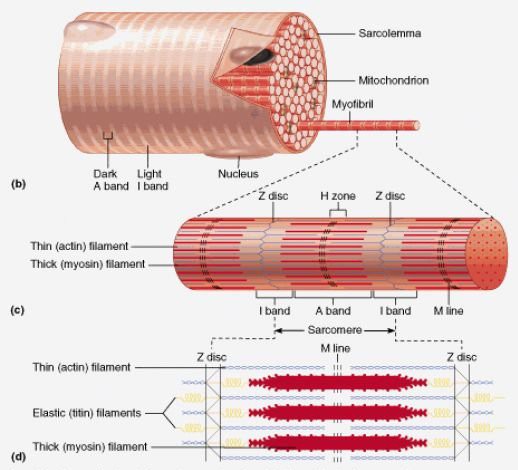
That's because muscle fibers have a discrete nature. They use calcium ions, which have a defined energetic value, to initiate the muscle innervation. Basically, the entire muscle fiber is in a potential state, except it's covered with a sheet of tropomyosin. Each calcium ion tugs a bit of that sheet away, exposing binding sites on myosin. The actin filament instantly latches onto those myosin sites, creating a muscle ratcheting effect, aka the contraction.
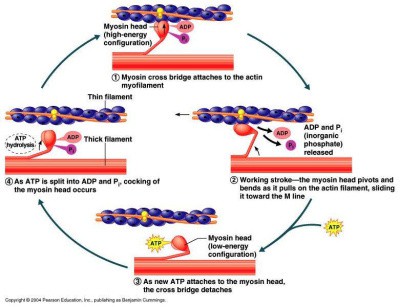
You can read more about how the muscle works here.
Each calcium ion, and each actin/myosin unit makes a defined, structural, energetically activated biomechanical unit. Say that 6 times fast. Anyway, that makes it a clear analog to digital.
On top of that, not all of your muscle fibers activate at once when you innervate them. The only time you really see your muscles innervate almost at once is when you induce a massive shock to the muscle. That's why you hear stories of people who accidentally touched a massive circuit, get knocked out and find themselves 15 feet away. It wasn't a massive spark or explosion that knocked them back there. It was the shock that triggered their muscles to contract violently all at once. Now, if the contraction caused them to rigidly hold the electrical source, most likely they'd be dead. If the contraction caused them to leap back and let go of the source, more likely they'll still be alive. And when they woke up, that is, if they weren't dead, they felt really really sore. I know I did when I got hit!
Working with Artificial Muscles
Now, when I did my thesis, this was the rigid structure I built to apply my artificial muscles on. The artificial muscle in question, is an artificial bicep.
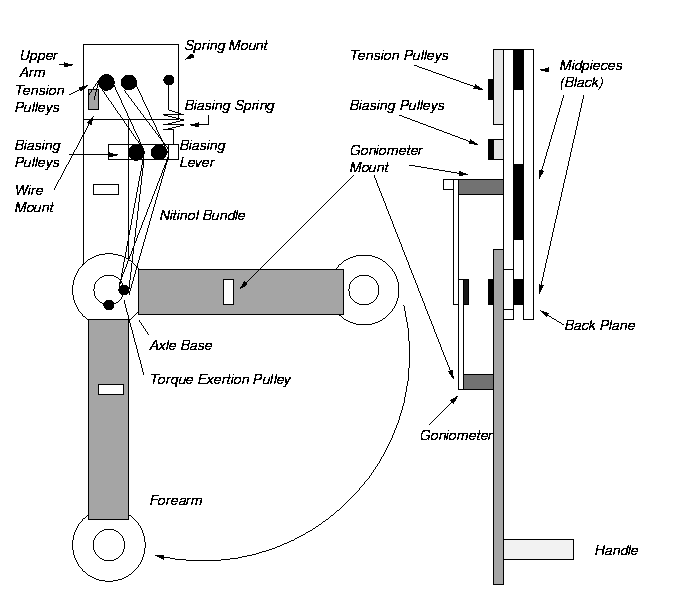
You'll notice that my arm's muscle is built according to the Hill Muscle model.
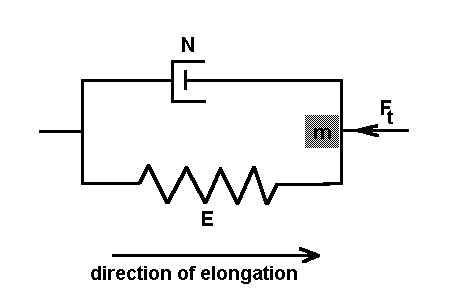
The nitinol, due to its super-elasticity, formed the contracting and spring elements. But it still needed a compressible element., which is the role of the biasing spring and lever.
Today, this would be my artificial muscle control setup, using any kind of SMA/SMP and my SEMG pod as the controller.
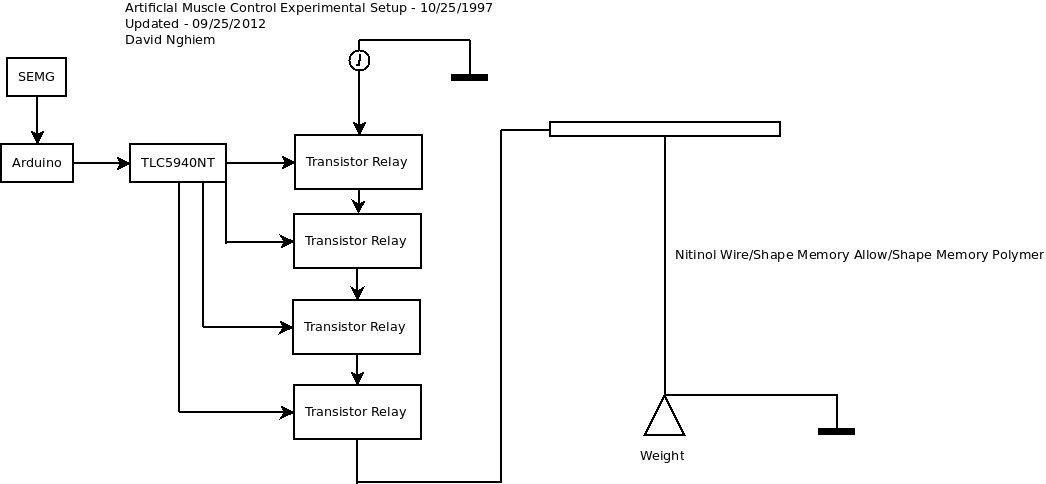
The TLC5940NT, which I'm using to drive the LED's, allows for a step like output that I can use as a pseudo digital control, with say, an array of transistors to relays for amps.
So, yes, I'm on a hunt for a better artificial muscle to control. And don't talk to me about servos. I also don't like, in fact, I completely DETEST using servos on the human body. They're clunky, inefficient, and inelegant. Unless you can make a compelling case.
So, theoretically, while the sensor pod can be used for digital control, as shown here, for the lack of a digitally controlled artificial muscle, it won't work as well. Still, this is the end result of what I want to see with my work. And a lot of times, the technology isn't always up to par with the vision, though I hope to have that changed soon. Side note, in case you're wondering, yes, I did all of these sketches. I used to draw comic books growing up, and I still do sci fi/comic book/manga art for fun.
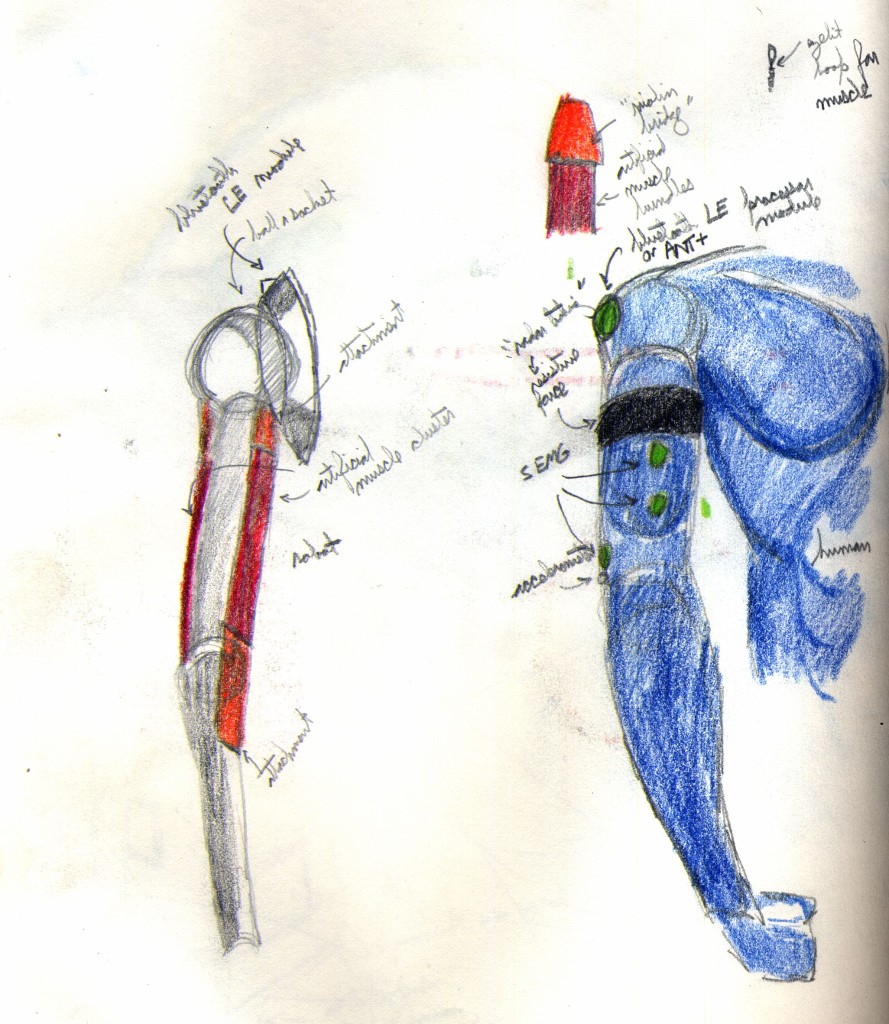
Back to shrinking the SEMG Pod
Back in late 2012, Aleks and I cleaned up and condensed the circuit. We wanted to take the functionality of your typical SEMG data collection device, like this clunky and awkward piece of lab equipment .
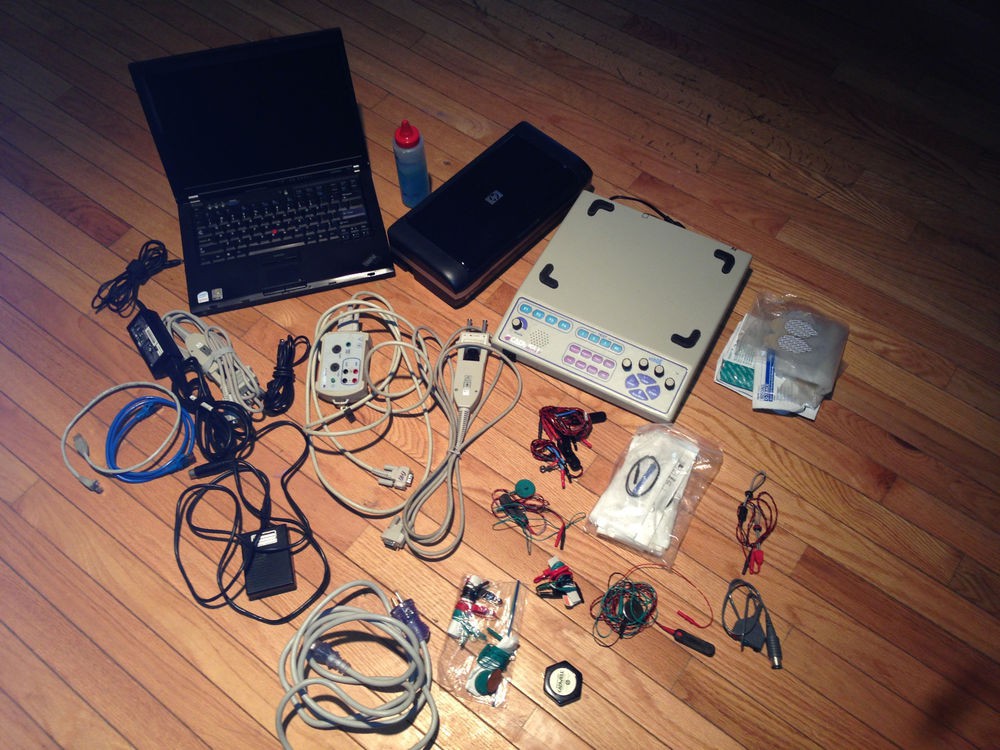
And shrink it into something that would fit this concept.
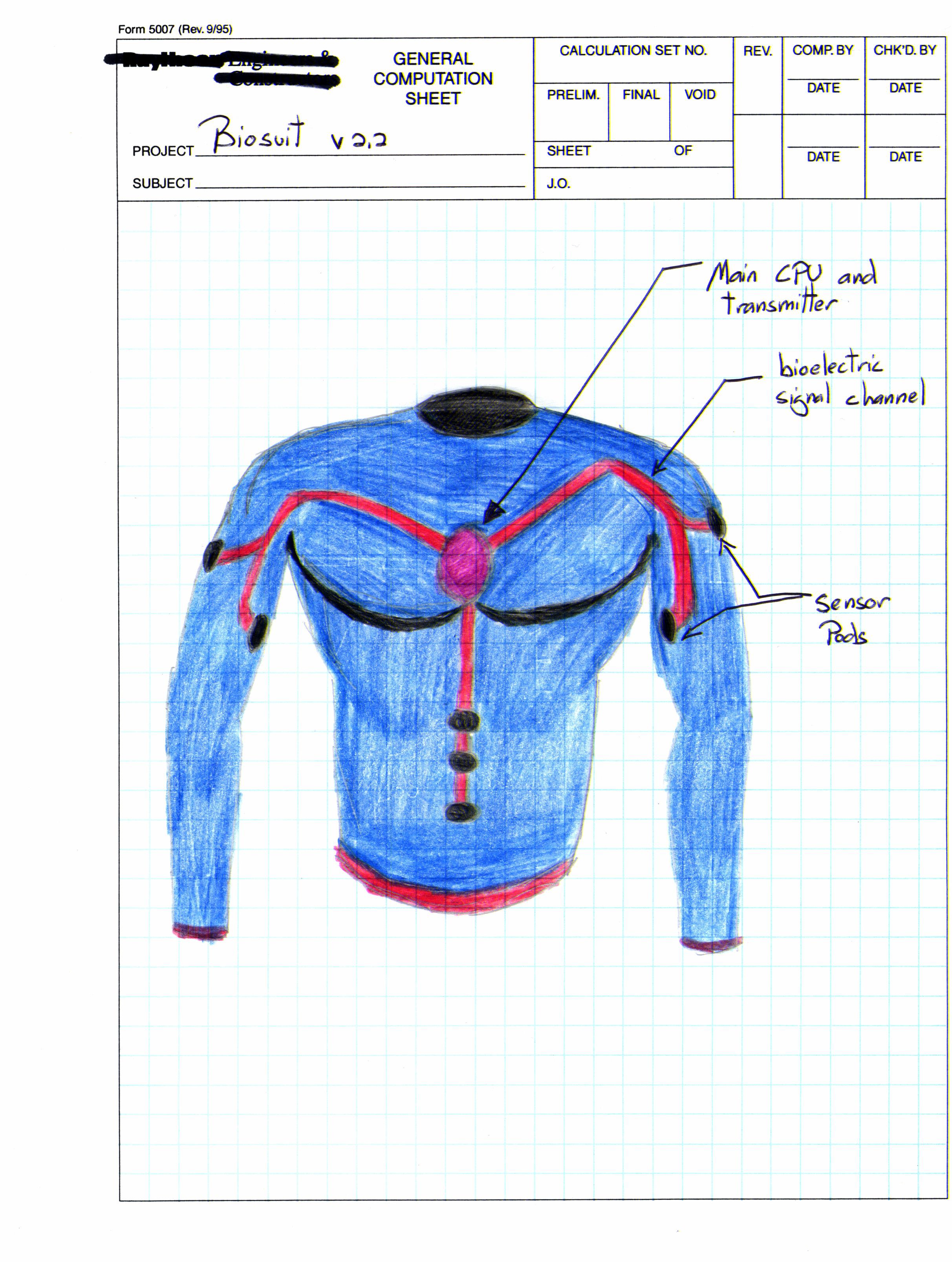
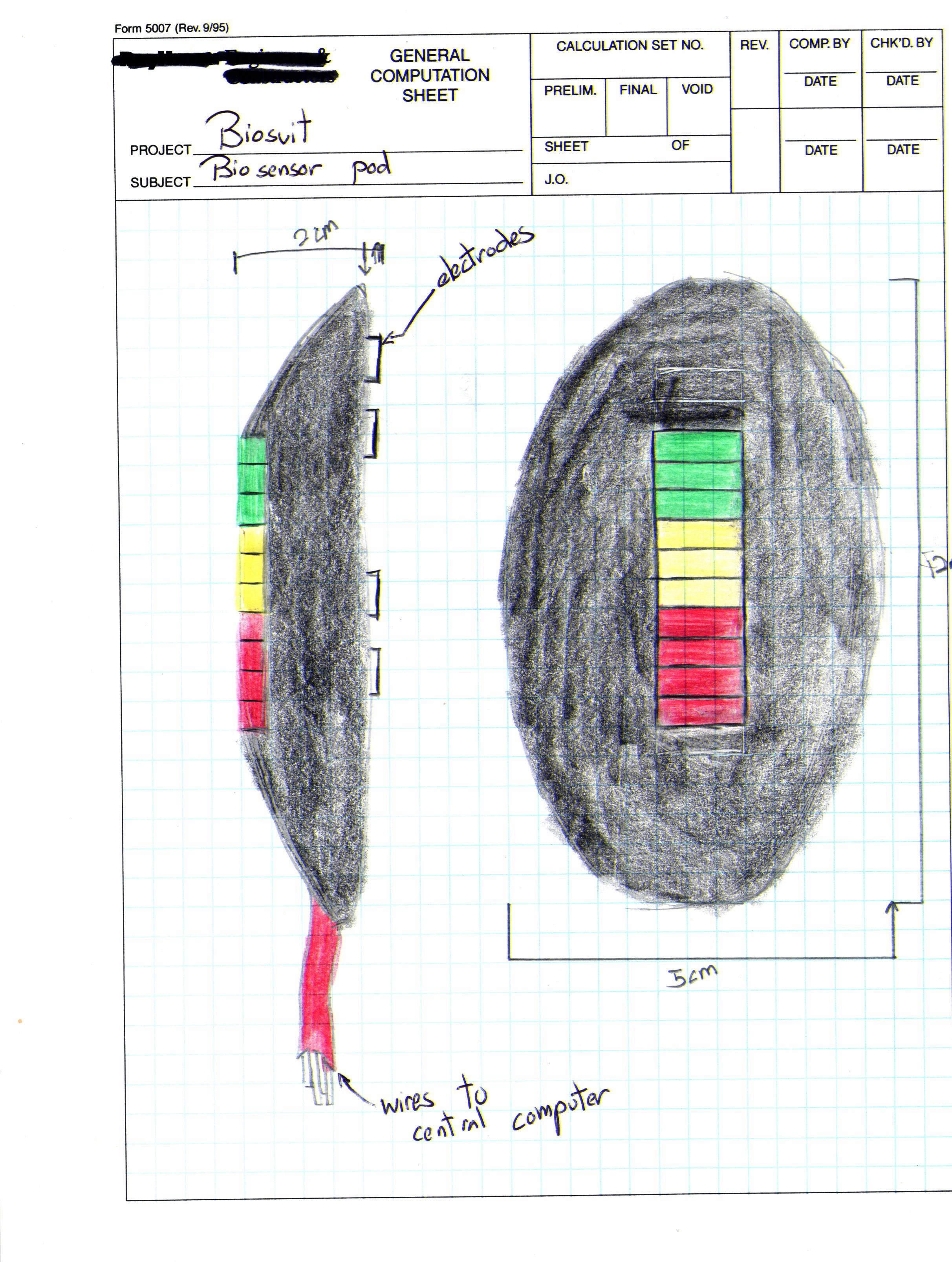
And this is what came out.
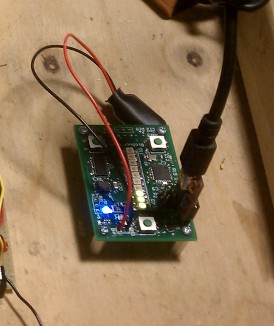
You can see the circuit design progression here.
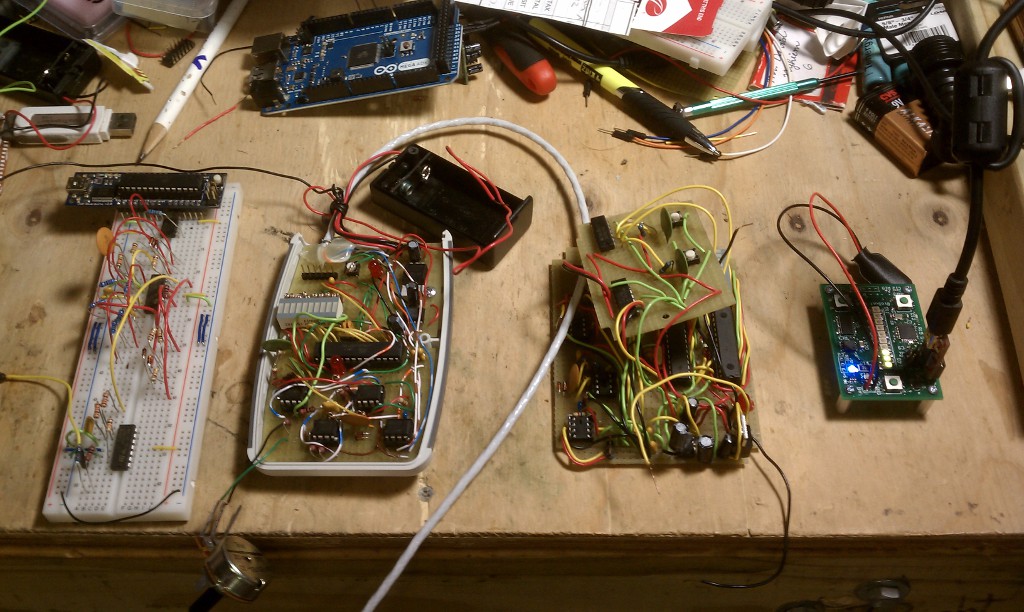
Gorgeous, isn't it? Aleks is a true artist. But hardware and circuits is only a small part of the picture.
Code is where the magic sauce is, and code is what I brew. What's funny about this is if you stick me in front of a computer and tell me to code for the computer or the web or some dumbass app, my eyes will glaze over. But stick me in front of a coke machine, and I am all over that $#!t. Coming up next week, I'll show you some of the basic code for the device, and I'll tell you about the School of Hardware Startup Hard Knocks Lesson 2!
Cuz nothing teaches you better than Real Life kicking the crap out of you!
 Casual Cyborg
Casual Cyborg
Discussions
Become a Hackaday.io Member
Create an account to leave a comment. Already have an account? Log In.